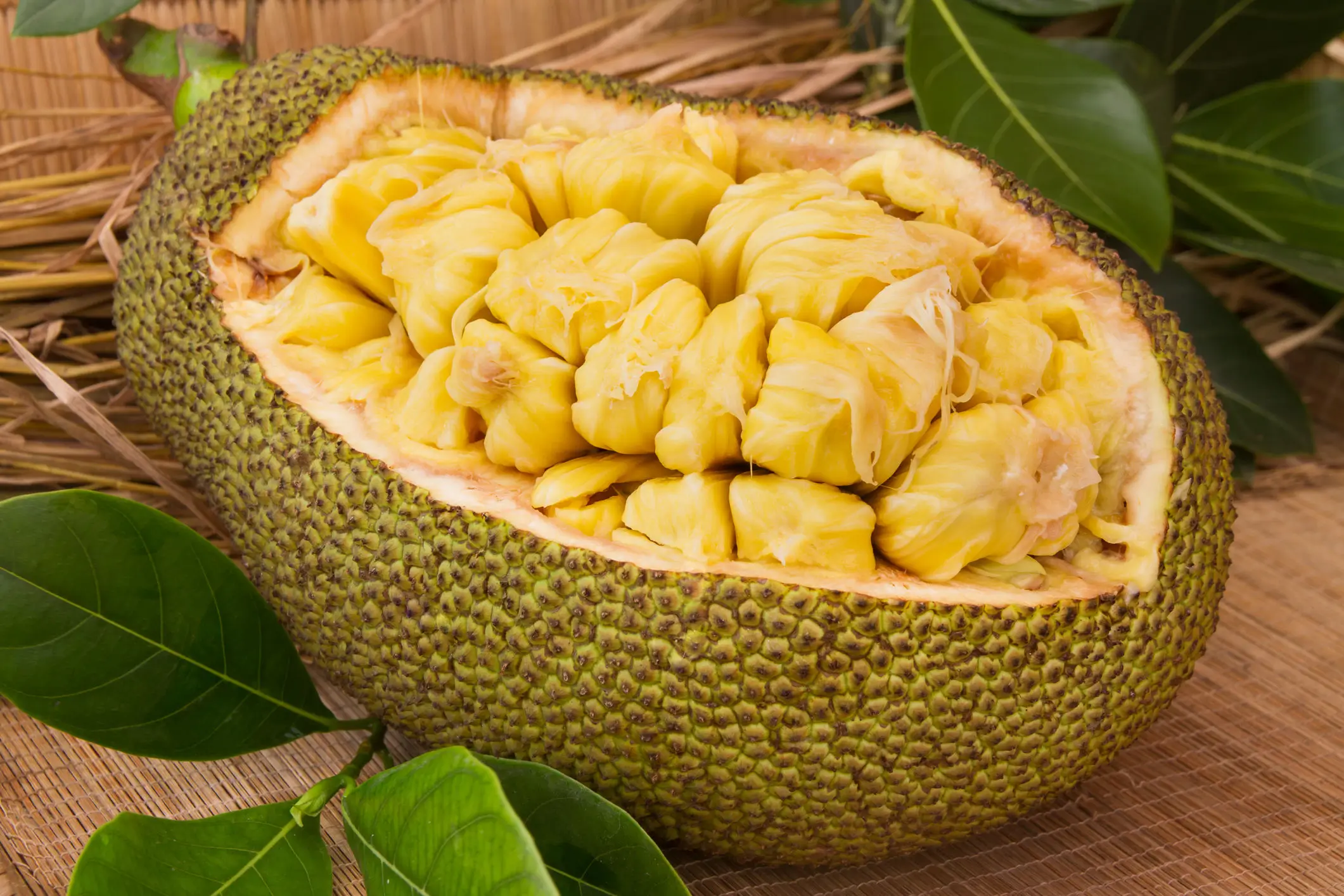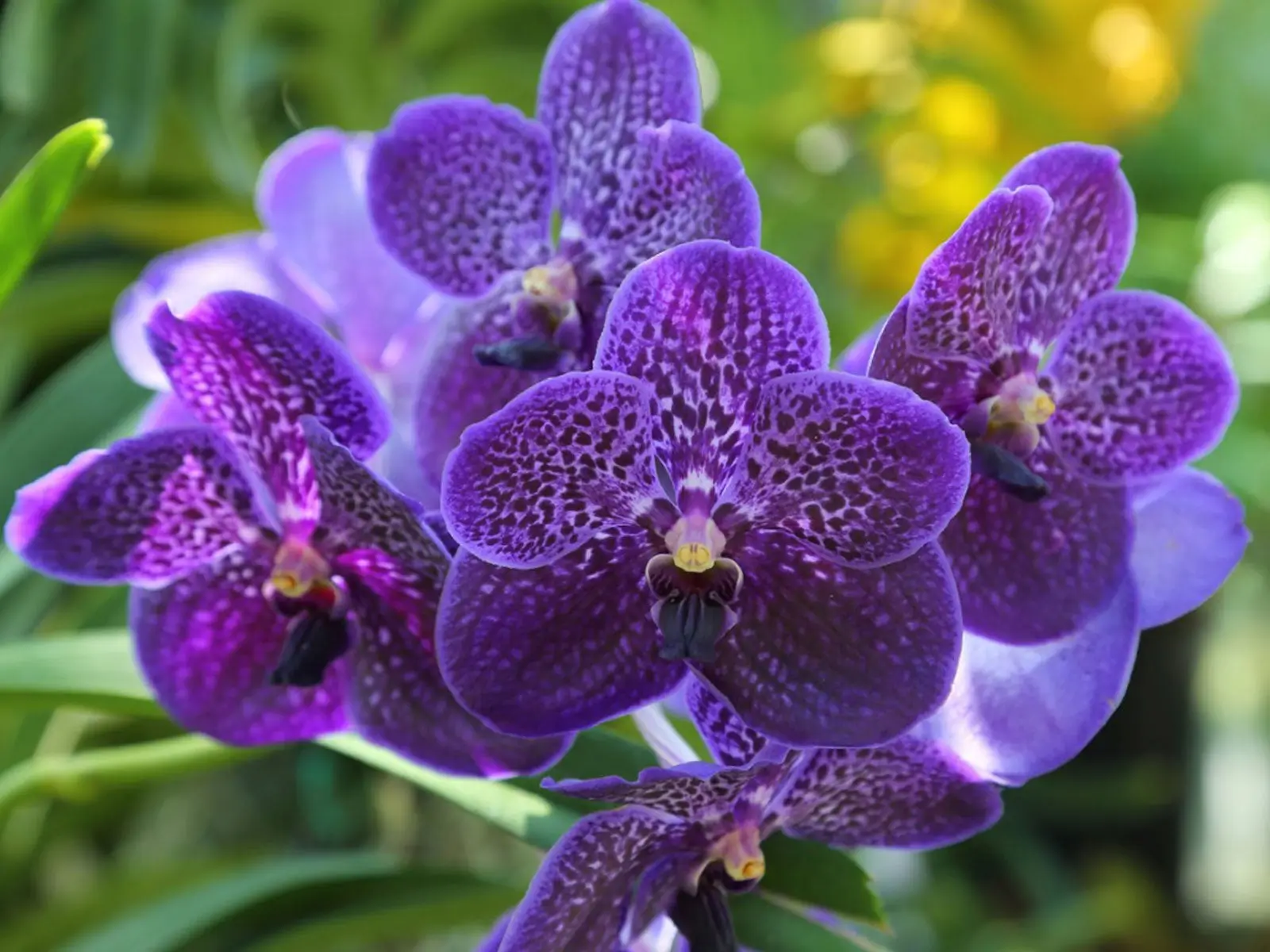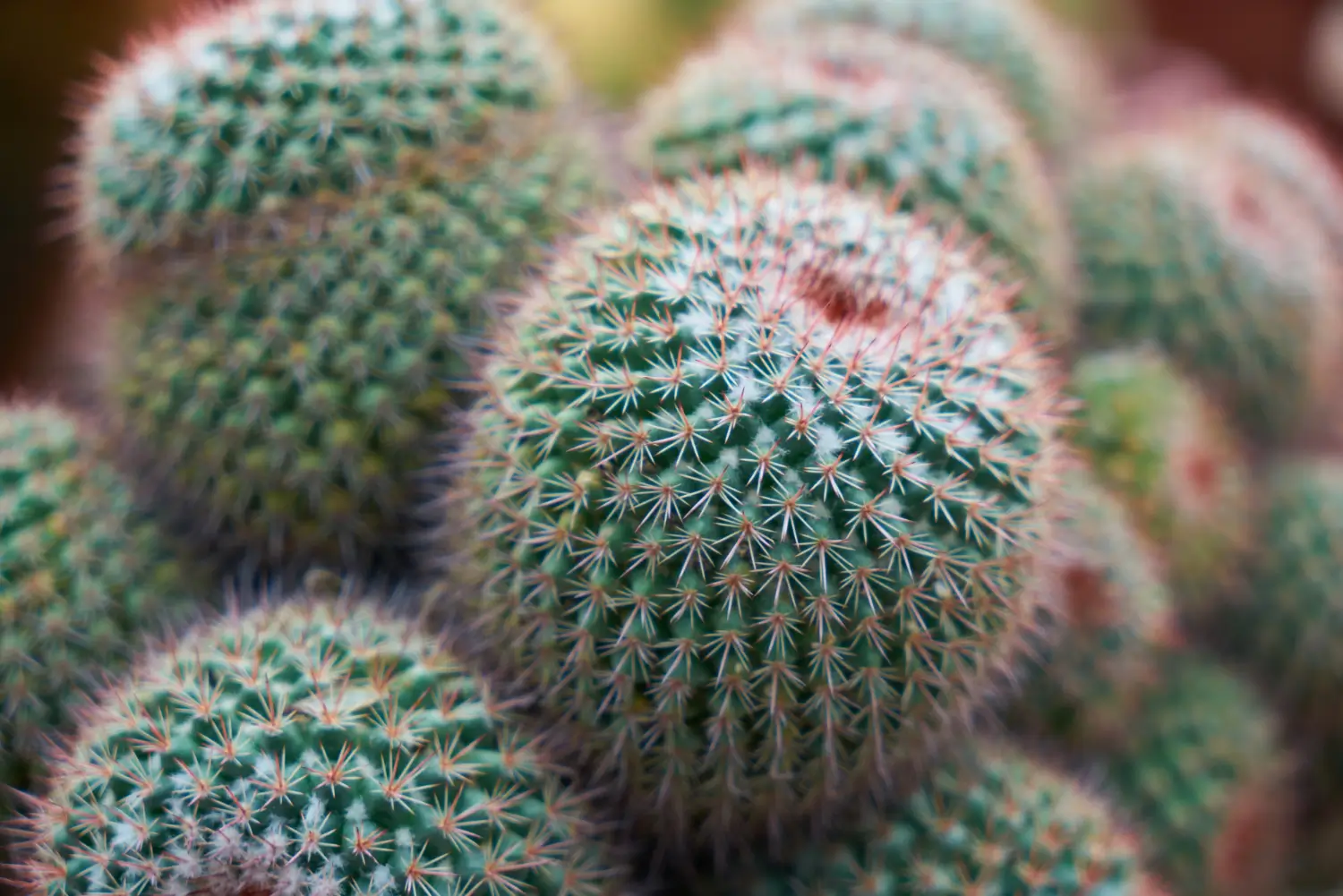
Soil Health & Fertilization
We unite suppliers and green industry professionals worldwide
Would you like to grow a tree that bears the world’s largest fruit while also offering generous shade and inspirational tropical beauty? The Jackfruit tree is a true marvel of nature, offering an abundance of massive, delicious fruits that are not only nu
By Victor Miller
|Published on June 16, 2025


Would you like to grow a tree that bears the world’s largest fruit while also offering generous shade and inspirational tropical beauty? The Jackfruit tree is a true marvel of nature, offering an abundance of massive, delicious fruits that are not only nutritious but also versatile in cooking. Native to South and Southeast Asia, this quickly growing evergreen loves warm climates and makes an excellent addition to tropical gardens. Regardless of whether your growing it for the unusual fruit, the dense foliage, or the massive stature, Jackfruit trees are a showstopper wherever you place them.
| Common Name | Jackfruit |
| Botanical Name | Artocarpus heterophyllus |
| Type | Evergreen tropical fruit tree |
| Mature Size | 30–80 ft. tall and 20–30 ft. wide |
| Bloom Time | Spring to Summer |
| Flower Color | Yellow-green |
| Light Requirements | Full sun (minimum 6–8 hours daily) |
| Soil Type | Fertile, well-drained soil; slightly acidic to neutral (pH 6.0–7.5) |
| Hardiness Zones | 10–12 |
| Toxicity | Non-toxic to humans and pets |

September 25, 2025
9 minute read
September 24, 2025
9 minute read
September 23, 2025
10 minute read
September 22, 2025
9 minute read


Join as a seller and connect with thousands of B2B buyers nationwide!
Sign Up

Vanda Orchid
The Vanda Orchid, with its bold, showy blooms, and exposed roots is one of the most stunning tropical plants you can grow.

Xyris
Xyris (Xyris spp.), also known as Yellow-eyed Grass, is an attractive perennial native to wetlands and marshes.

African Spear Plant
The African Spear Plant (Sansevieria cylindrica), also known as cylindrical snake plant or spear sansevieria, is a hardy, architectural succulent native to Angola.

Ball Cactus
The Ball Cactus (Parodia magnifica and related species in the Notocactus group) earns its name from its globe-like form and neatly spaced ribs, giving it the appearance of a botanical sculpture
Jackfruit trees are fairly easy to grow in warm, tropical climates. They need lots of space to allow for their impressive height. Given appropriate care, these trees will provide large, sweet fruits and dense shade.
Jackfruit is a tropical tree that grows well in full sunlight; ensure that your tree receives at least 6-8 hours of sunlight a day. They thrive best in tropical and subtropical climates, which can provide year-round sunlight exposure. Plant them in an open area, away from tall buildings or other trees that might shade the light.
Jackfruit trees do well in drainable, fertile soil. They prefer slightly acidic to neutral soil (pH 6.0-7.5). Though they can adapt to a variety of soil types, from sandy to loamy, these plants do not prosper in wet or clay-heavy ground. Mix in some organic compost to improve soil fertility and drainage.
Young Jackfruit trees require regular watering. (However, keep the soil evenly moist, but not wet.) When established, they’re more drought-tolerant but thrive with deep watering during dry spells. Mulching around the base keeps the soil moist and temperature regulated.
For a healthy, productive Jackfruit tree, pruning is necessary. Since these trees grow quickly, occasional trimming is needed to encourage fruit production and remove dead or damaged branches.
For young trees, prune to create a strong structure by removing weak or crossed branches. The lower branches should be pruned up to let air circulate better and prevent fungal diseases. Removing old fruiting branches after harvesting encourages new growth and future fruiting. Routine light pruning helps keep the tree in check, and stimulates increased fruit production.
The Jackfruit is a tree species that can be propagated from seeds or grafting. This is the simplest way to propagate trees, but grafting is often faster to fruit and will produce higher quality fruit.
It can be propagated using seeds from the ripe jackfruit, washing out the seeds, and planting them in wet soil a week after harvesting. They typically sprout in two to three weeks. Grafting is another option, where a cutting from a high-yielding tree is attached to a healthy rootstock to produce fruit faster.
It is possible to grow a full-sized jackfruit tree in a pot if you don’t have the outdoor space, at least for the first few years.
Jackfruit trees, which bloom in the spring and summer, produce small, yellow-green flowers, which eventually become massive fruits. The male and female flowers grow on the same tree. Pollination is primarily performed by wind and insects.
To encourage blooming and fruiting, ensure the tree gets full sun and proper watering. A balanced fertilizer, which contains phosphorus and potassium can increase flower and fruit development. Pruning also improves air circulation and light penetration, leading to better fruit production. Most jackfruit trees start producing fruit 3-6 years after planting.
Jackfruit trees are usually rather tough, but they can struggle with a few things:
Have you ever thought about growing a Jackfruit tree? Just give it the right amount of sunlight, well-drained soil, and consistent watering, and your tree will thrive, providing you with huge, tasty fruits that you will enjoy for years. And Jackfruit makes a superb backyard (/container garden) addition. Put in the right conditions, and you’ll have a harvest of one of nature’s most interesting fruits.
Seed-grown jackfruit takes 5–8 years to produce fruit; grafted trees can bear fruit in as little as 3–4 years.
Jackfruit trees thrive in tropical and subtropical climates. They do not perform well at temperatures under 50°F (10°C) and cannot survive frost.
Jackfruit trees can grow between 30 and 80 feet tall, but regular pruning can keep them at a more manageable height.
Young trees need consistent moisture; mature trees are drought-tolerant. It’s best to keep soil moist but not waterlogged.
A ripe jackfruit will emit a strong, sweet fragrance, turn slightly yellowish, and produce a hollow sound when tapped.

Soil Health & Fertilization
Victor Miller

Pest Identification & Prevention
Victor Miller

Lawn Care Tips & Maintenance
Victor Miller

Soil Health & Fertilization
Victor Miller

Smart Irrigation Systems
Victor Miller

Patios, Walkways & Driveways
Victor Miller

Soil Health & Fertilization
Victor Miller

Pest Identification & Prevention
Victor Miller
My Account
Our team is always here to help.
We are open Monday - Friday, 9:00 AM to 4:30 PM PST.